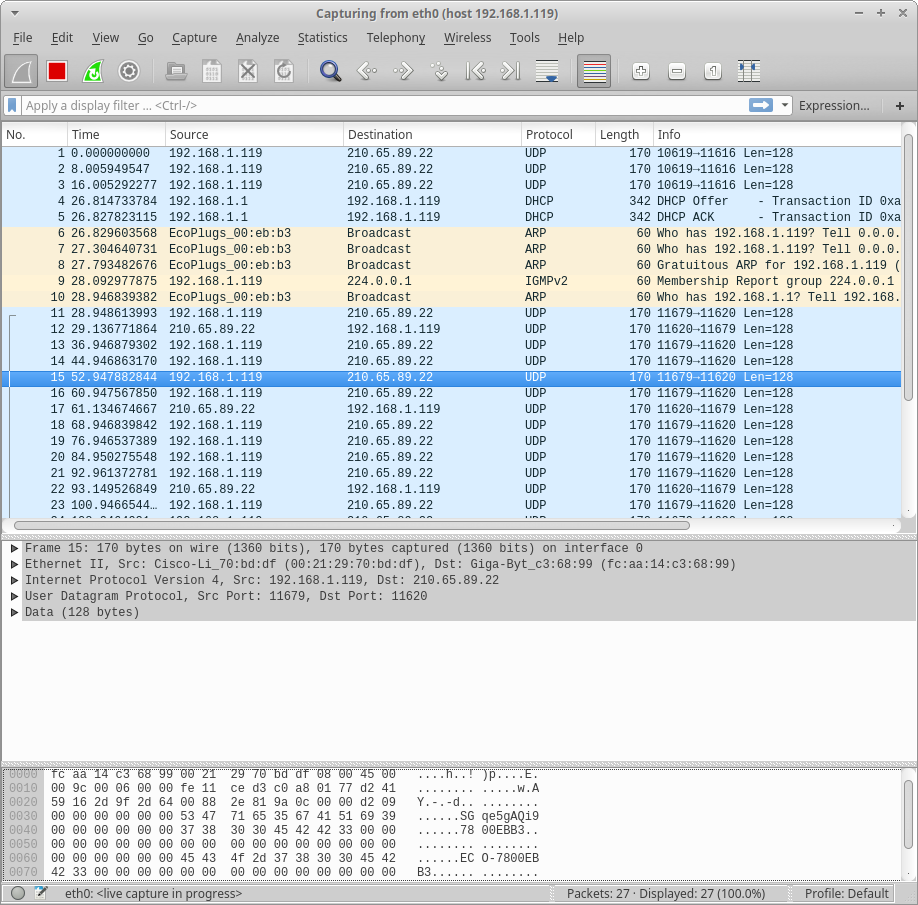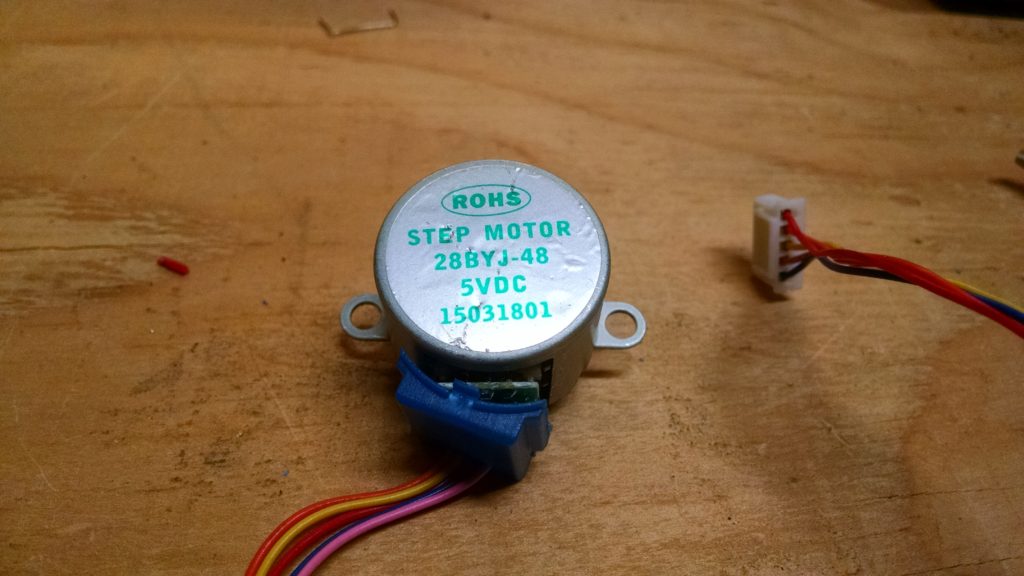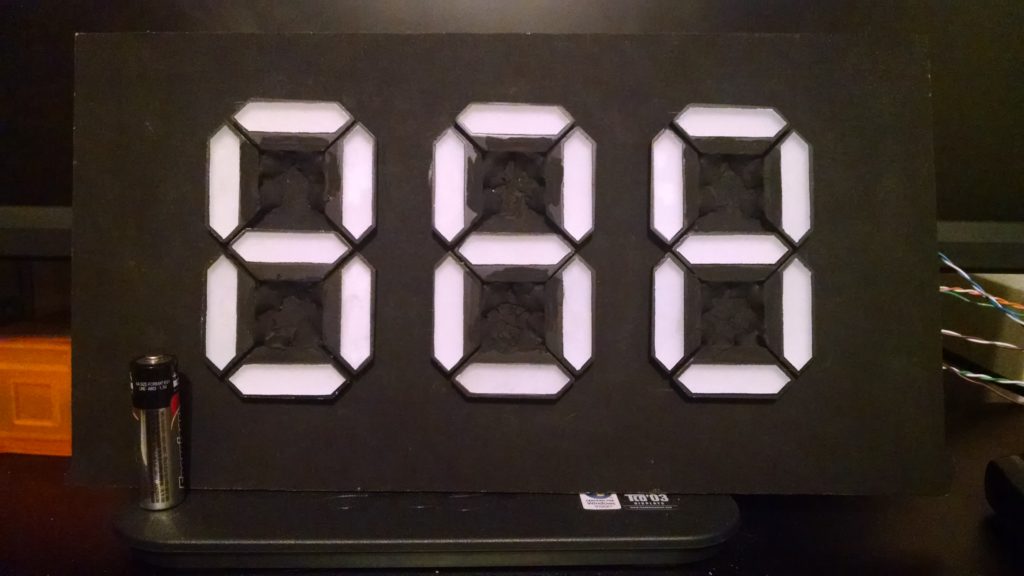Skits
https://ultimatecampresource.com/camp-activities/camp-skits/
Share BSA-appropriate Skits Here : r/cubscouts
Cub Scout Skits PDF
https://www.scoutscan.com/skits/skitlib1.html
Invisible bench
Hot cocoa/laundry water
Is it time yet?
Songs
scoutsongs.com
campsongs.wordpress.com
https://ultimatecampresource.com/camp-songs/
https://www.scoutscan.com/songs/songs.html
“My Bonnie” stand/sit on every “B” word. Go faster & faster.
“I Met a Bear” – Wikipedia, ScoutSongs 2, Camp Songs wordpress
“Princess Pat” – Wikipedia, ScoutSongs (same tune as I Met a Bear)
Father Abraham (Alternatively, “Lord Baden Powell had Seven Scouts”)
Ging Gang Gooley – Scouts South Africa
John Jacob Jingleheimer Schmidt
One Fat Hen – ScoutSongs, Ultimate Camp, Wikipedia, reddit, Scouts South Africa
Boom Chica Boom – Camp Songs wordpress
Bottle of Pop (round)




